Curepipe Curepipe is by far one of the most densely populated areas within Central Mauritius, and...
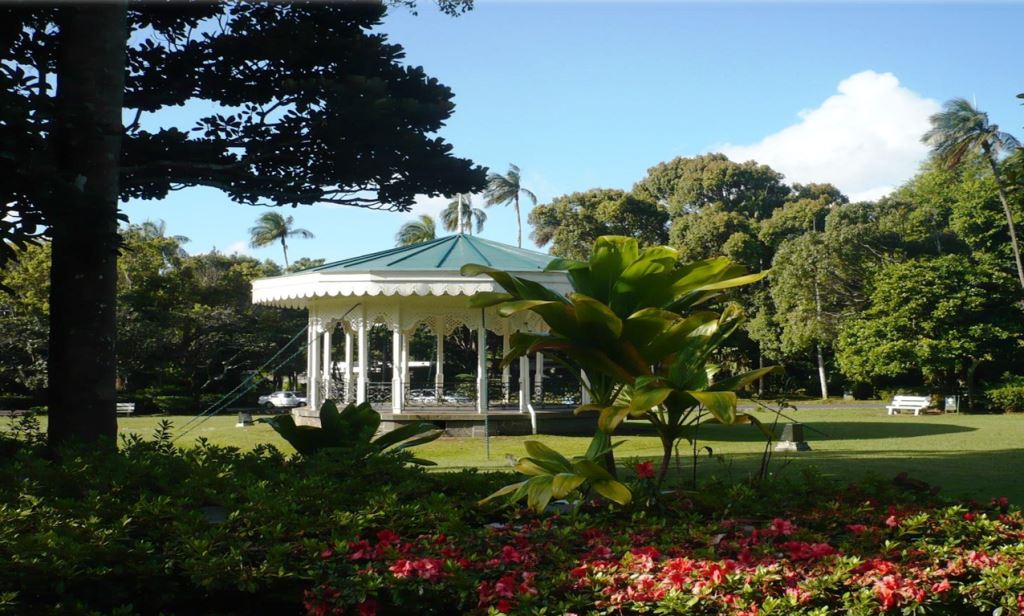

Curepipe Curepipe is by far one of the most densely populated areas within Central Mauritius, and...
Features information that is relevant to travellers who are thinking about and actively planning a visit to Mauritus.
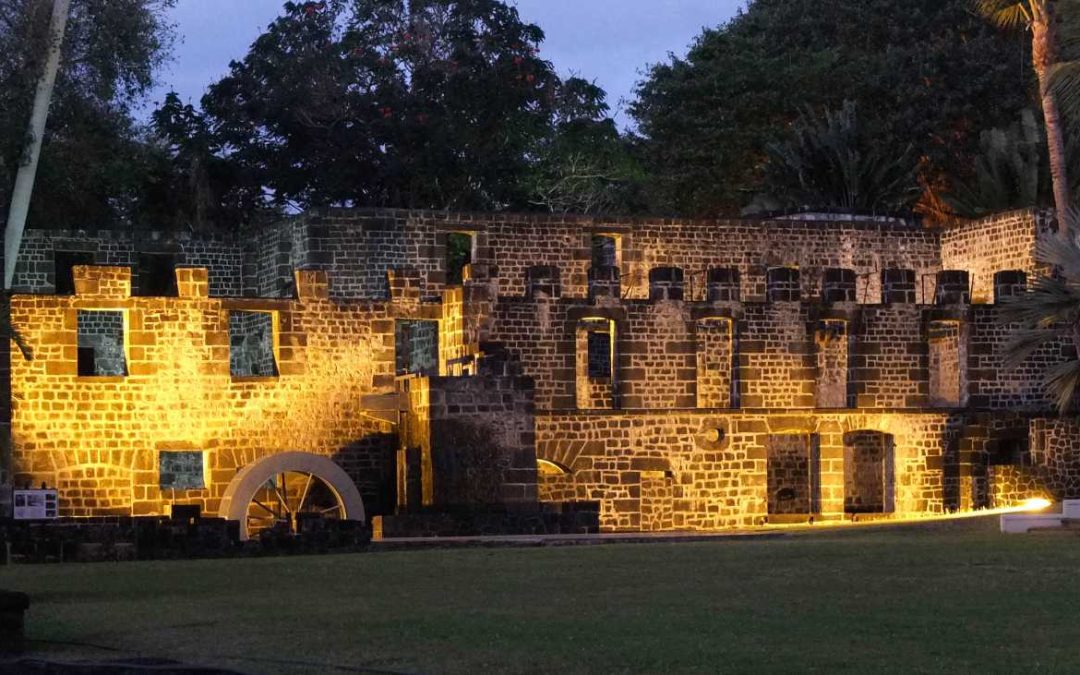
Prior to the 18th century, Turtle Bay was a popular stop for ships on their voyage from Europe to the riches of the East. It was then called ‘Ebony Bay’ by the Dutch because ebony forests were plentiful in the area and ebony wood is ideal for ship repairs. By the 17th century the ebony forest was mostly depleted but there were many turtles frolicking in the bay. So the Dutch changed the bay’s name to ‘Turtle Bay’.
The English also anchored their ships at Balaclava to stock up with food and other necessities for their long sea voyage.
By the 18th century, the French had settled in Mauritius. The first governor by the name of Mahe de Labourdonnais moved the administration from Mahebourg in the South to the North. The new capital was named Port Louis in honour of King Louis XV. A new capital and a harbour were built by the French. Balaclava was used to make weapons and gunpowder during Mahe de Labourdonnais’ campaigns in India. Some 400 slaves worked gunpowder factory during this period. The bay was thereafter nicknamed ‘La Baie de l’Arsenal’ and the small village that lies on the road from Port Louis to Grand Bay was called ‘Arsenal’. An iron foundry, a naval arsenal and a gunpowder factory completed the ‘fort’.
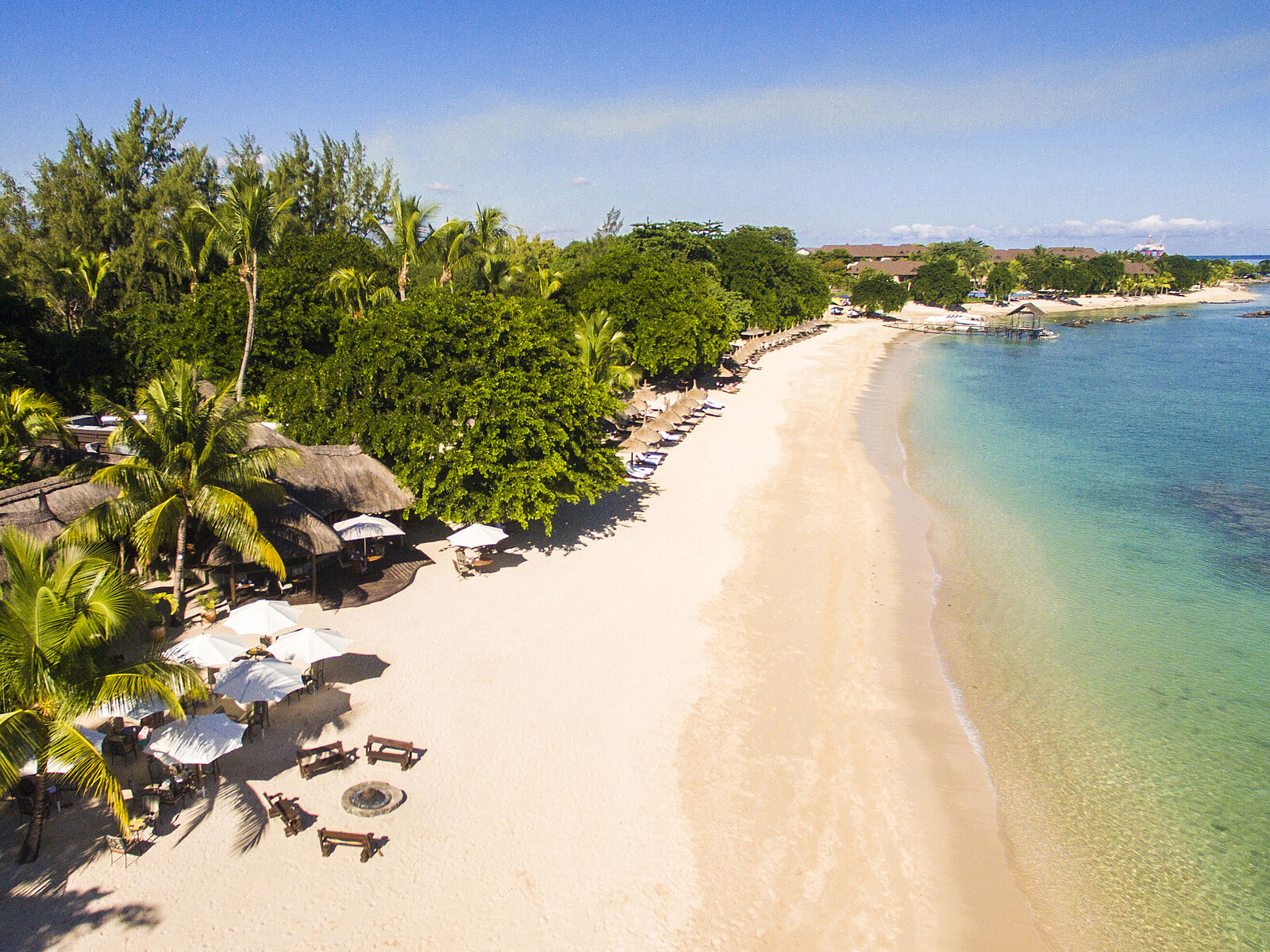
The 5-star Maritim Resort & Spa Mauritius is located within Ruins of Balaclava estate along with the Citron river and its waterfalls and estuary. A wide array of activities such as fishing in the river, outdoor games and playground, animal farm, giant tortoises park, archery sessions and more are available.
The ‘open-air museum’ is located on the grounds of the Maritim Hotel in a 35 hectare estate on the South west coast. It’s only a 10 minute drive from popular Grand Bay. The entrance to this historical site is free for visitors. You must phone the Maritim Resort for permission to visit the ruins. Tell them you are a tourist. That’s because the site is sometimes used for fashion and film shoots when the producers pay a fee.
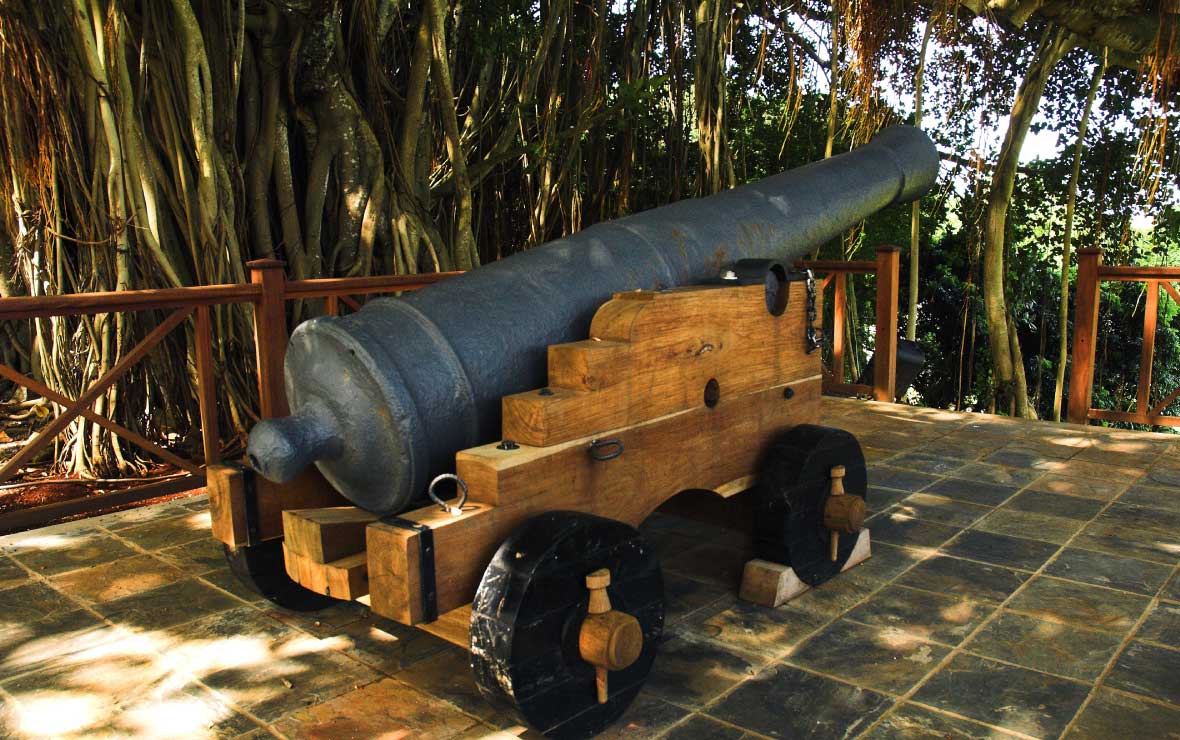
In the museum there is an old flour mill which was used to produce flour to make many food products. The wheat was imported from Australia.
The original sea walls built around the fortress are still visible and the ruins are conveniently located in the vicinity of the Maritim Hotel. Chateau Mon Desir is a restaurant built on the spot of the original Mon Desir home from where the Turtle Bay and the ruins are visible. Chateau Mon Desir is now gastronomic ‘à la carte’ restaurant in a colonial-style mansion house overlooking the 18th century Ruins of Balaclava and the Citron river.

Aapravasi Ghat is a district of Port Louis. This was the first site chosen by the British Government in 1834 for the ‘great experiment’ in the use of indentured, instead of slave labour.
Between 1834 and 1920, almost half a million indentured labourers arrived from India at Aapravasi Ghat to work in the sugar plantations of Mauritius. The buildings of Aapravasi Ghat are among the earliest explicit manifestations of what was to become a global economic system and one of the greatest migrations in history.
Aapravasi Ghat is the remains of an immigration depot which was built in 1849 to receive indentured labourers from India, Eastern Africa, Madagascar, China and Southeast Asia to work on the island’s sugar estates. Other colonial powers adopted system of indentured labour in place of slavery. This resulted in a world-wide migration of more than two million indentured labourers, of which Mauritius received almost half a million.
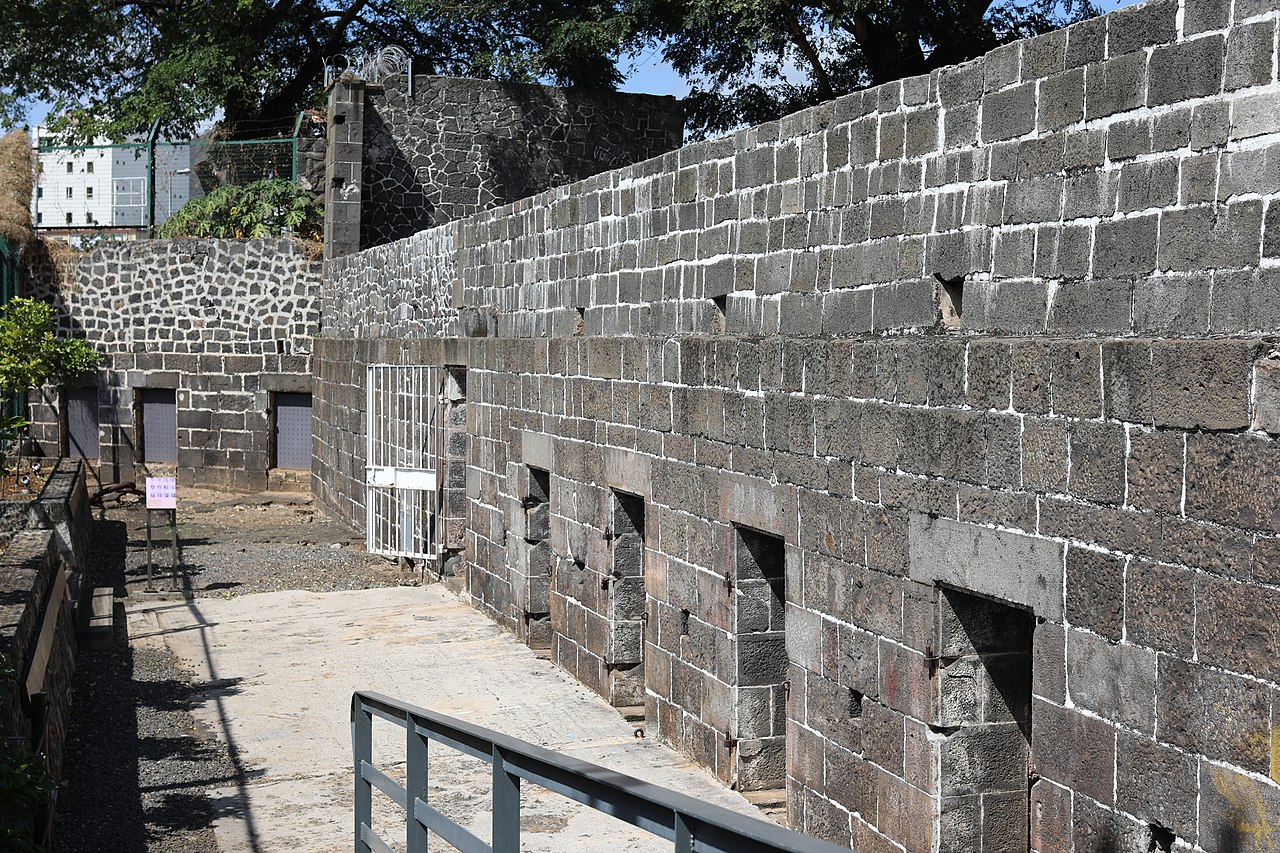
At present, only half of the Immigration Depot area as it existed in 1865, remains. The rest of the complex was lost due to unchecked infrastructural development in the mid-20th century. However, original structural key components still stand. These include the remains of the sheds for the housing of the immigrants, kitchens, lavatories, a building used as a hospital block and a highly symbolic flight of 14 steps upon which all immigrants had to lay foot before entering the immigration depot.
The Aapravasi Ghat site is now owned by the Ministry of Arts and Culture. The property is protected as National Heritage under the National Heritage Fund Act 2003 and the Aapravasi Ghat Trust Fund Act 2001.

UNESCO declared Aapravasi Ghat as a World Heritage Site in 2006. It is one of two World Heritage Sites in Mauritius, along with Le Morne Brabant.
Aapravasi is the Hindi word for “immigrant”, while ghat literally means “interface” , symbolically marking a transition between the old life and the new for the arriving indentured immigrants.
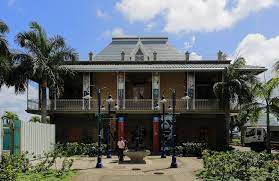
The Blue Penny Museum is situated at Caudan Waterfront in Port Louis. It opened in November 2001.
In the museum there are six exhibition rooms dedicated to history, literature and art. The maritime world room shows exhibits relating to navigation, exploration, discovery, maps, technology, commercial routes. The Colonization room portrays stories of the taking over of territories, settlement, population and development. The capital, Port Louis Room shows the evolution and development of the port and town since 1736. Postal history room has exhibits relating to means, channels and organization of communication systems over nearly four centuries.
There is also a room displaying historical sources, the tragedy, the vestiges, the novel and its notoriety, the artistic representations of the novel “Paul et Virginie”. Paul et Virginie is a novel by Jacques-Henri Bernardin de Saint-Pierre, first published in 1788. The story is set on the island of Mauritius under French rule, then named Île de France.
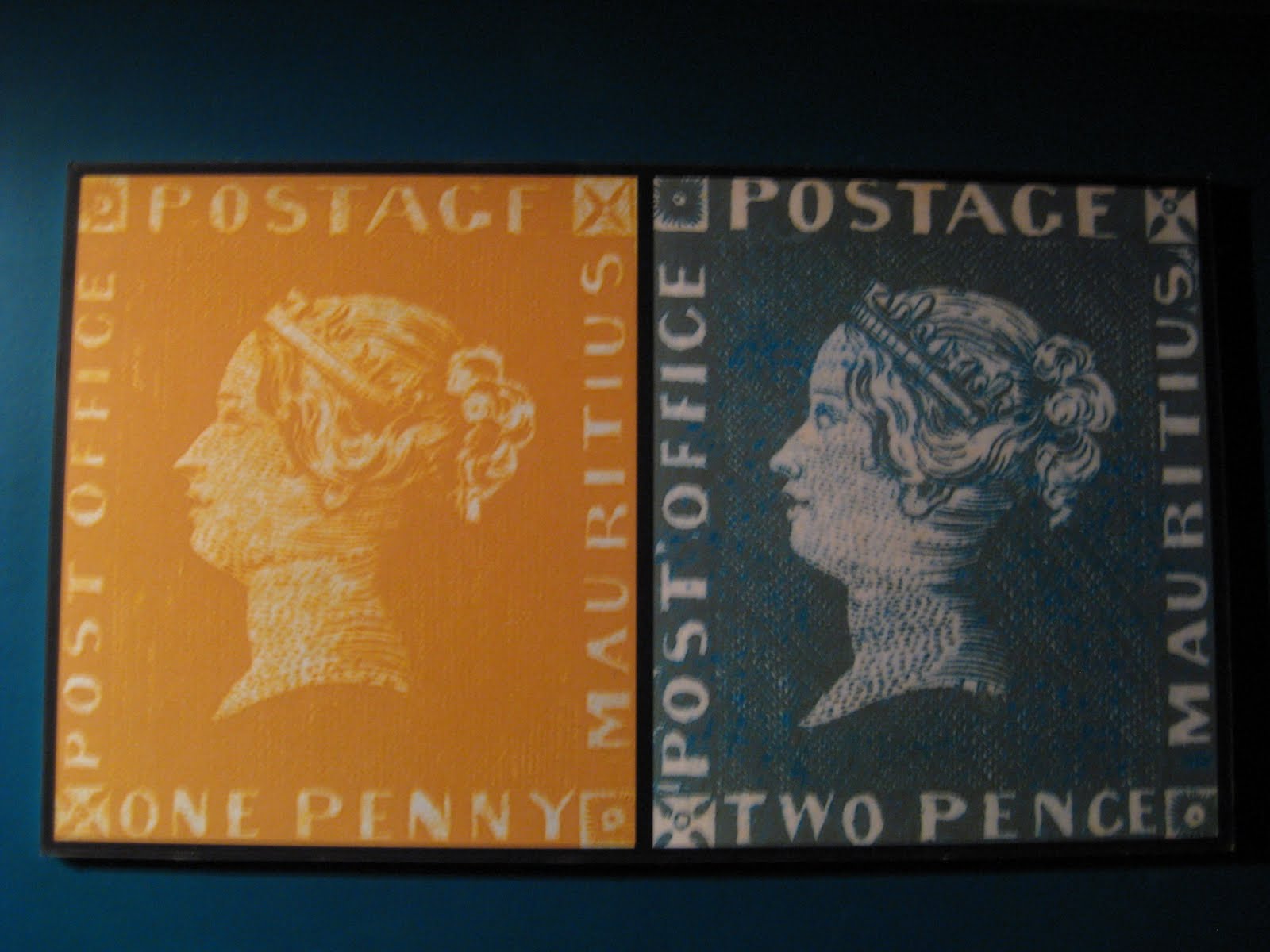
The Philately room has a collection that includes the 1847 Blue Penny and Red Penny stamps. The stamps were bought in 1993 for $2,000,000 by a consortium of Mauritian enterprises headed by The Mauritius Commercial Bank and brought back to Mauritius after almost 150 years. The museum, founded by The Mauritius Commercial Bank.
For conservation, the originals are illuminated only temporarily. Most of the time only copies are available for viewing.
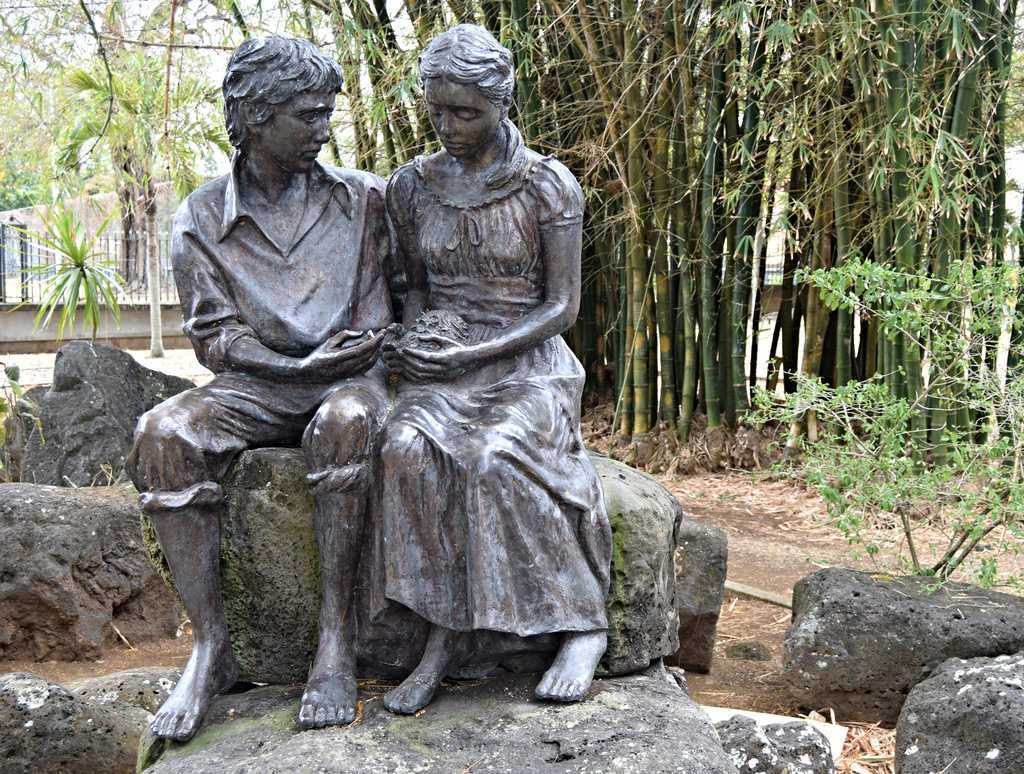
Paul et Virginie sculpture
In 1881, the Municipality of Port Louis, of the colony of Mauritius, commissioned Mauritian sculptor Prosper d’Epinay, to create a marble sculpture inspired by the novel, “Paul et Virginie”. The artist carved the sculpture from a single block of Carrara marble. The sculpture remained on display in d’Epinay workshop in Rome until 1886,when it was bought by a Portuguese collector. The original statue was purchased at an auction in London in October 1997 and was finally brought back to its initial destination.
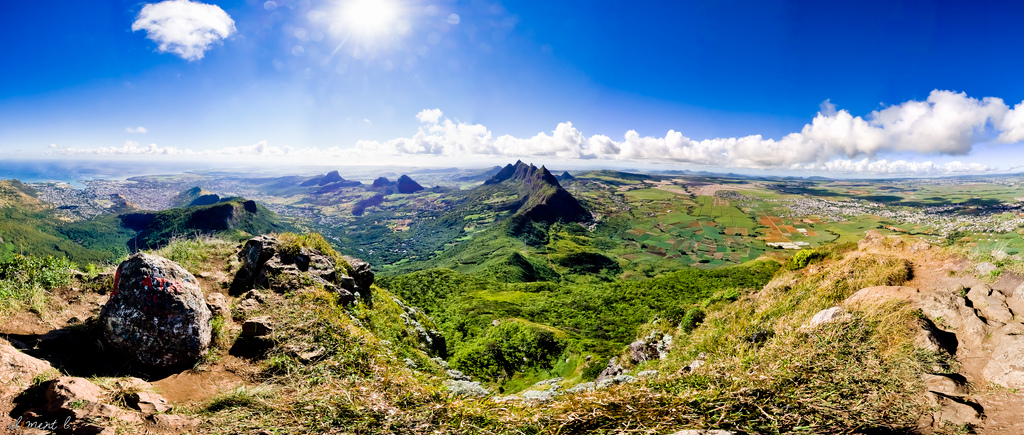
Le Pouce is the third highest mountain in Mauritius, at 812 meters. It is named Le Pouce because of the thumb-shaped peak of the mountain. It can be viewed from the capital of Mauritius, Port Louis, and is a popular hike for the view of the city. The mountain is in the Moka Range and is closest to the village of La Laura-Malenga in the Moka District. Charles Darwin ascended the mountain on 2 May 1836.
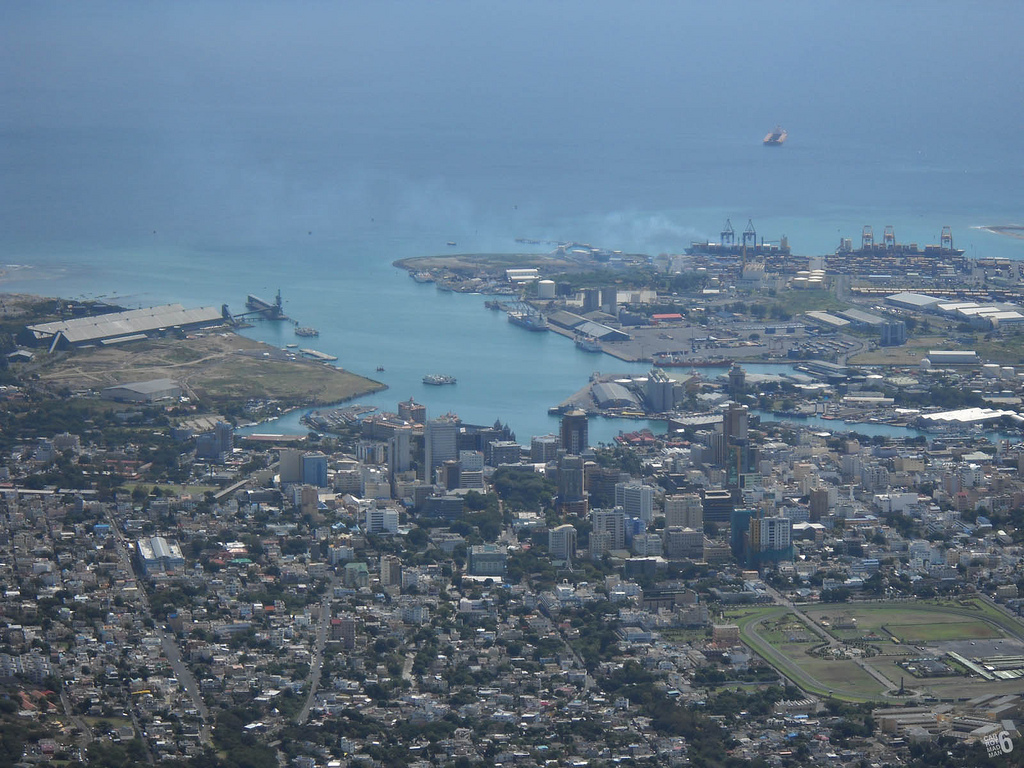
Le Pouce was formed ten million years ago from volcano eruptions.It has the capital city of Port Louis on one side and St. Pierre on the other. Le Pouce Mountain will offer you a splendid panorama of Le Morne, Coin de Mire, the capital city, and other sites on the island. It is nestled between Montagne des Signaux and Pieter Both mountain.

The trek to the top of Le Pouce is considered an easy hike. But the ascent is very steep, especially near the thumb. Le Pouce can be reached from Moka or Port Louis. Climbing gear is not needed. From the peak one can see Port Louis, Moka, and Beau-Bassin Rose-Hill, as well as many other places around the island.
During your hike to the summit you can explore the flora-covered mountain, and discover exotic plants as well as some rare and unique endemic species.
When you reach the first plateau you can choose to continue on the left and down to Port Louis or the right towards the top of the mountain. Higher up you will find a second plateau, an esplanade, where you can relax and enjoy the view before continuing to the top. The final ascent is steeper and requires some dexterity and fitness.
The start of the trail for hiking Le Pouce is located in Petit Verger near the village of Saint Pierre in the Moka region.There is no sign post at the starting point of the trail. You can locate it with the help of the map or directions from the locals. There is a small car park with enough room to fit four to five cars.
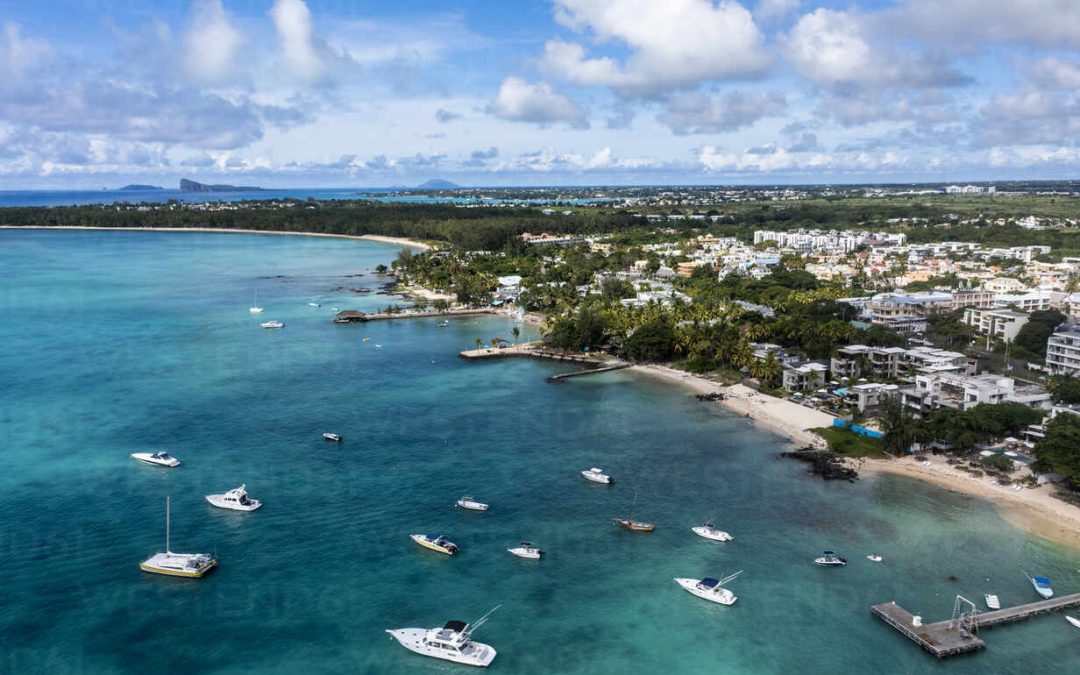
Trou Aux Biches is a small town with a public beach on the northern coast of Mauritius in the district of Pamplemousses. Its beach is one of the most beautiful on the island. World Travel group awarded it the World’s Leading Beach Destination at the World Travel Award for 2011. The two kilometre long white sand beach which is shaded by casuarina trees, has snorkelling reefs, boutique shops, a supermarket and other facilities.
The first major hotel was built in this town in 1971.
The airport and the town are connected by a public bus. In the 19th century, it was a small fishing village. The town still retains its village style and is less commercialized than other nearby towns.
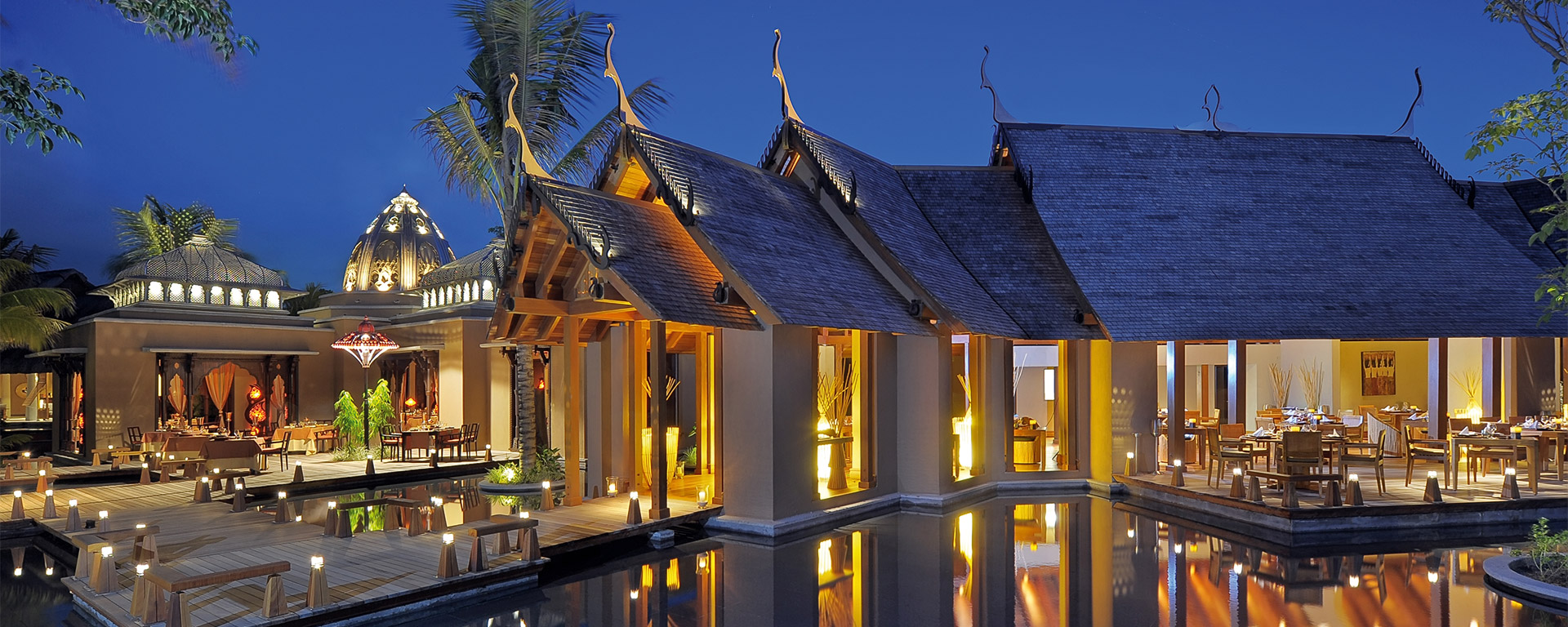
Accommodation and Facilities
The Trou Aux Biches Golf Resort & Spa is a resort hotel in the town. It enjoys a prime position on the west coast near to lively Grand Baie and Port Louis. It has 306 suits, 27 villas and seven restaurants. The hotel provides resident band or show every night. It also provides Complimentary Kids Club & Teenagers Club as well as many complimentary land & water sports and reduced green fees at Mont Choisy Le Golf. The fitness centre has all facilities for fitness, bodybuilding and cardio.